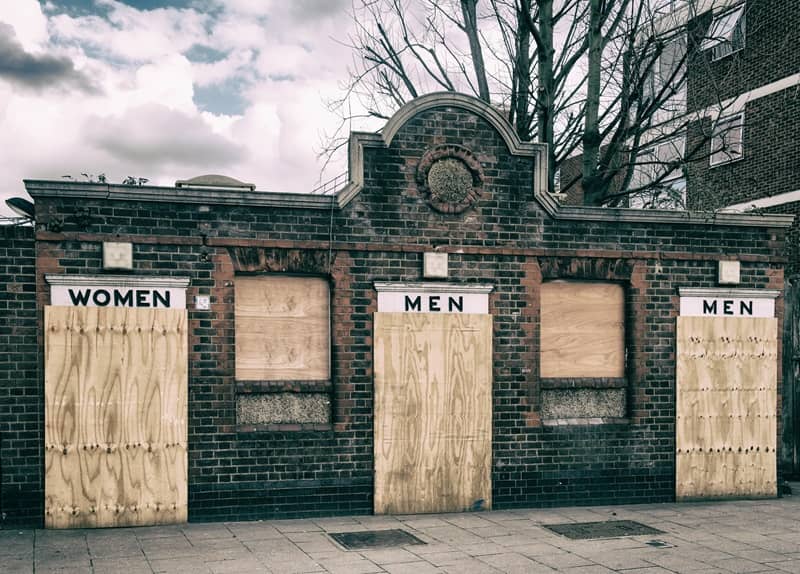Public toilets get a bad political wrap. A few high-profile commode calamities have made these facilities a third rail of local politics. Horror stories of exorbitant projects, unreasonable delays, and short lifespans have struck fear into even the most well-meaning local leaders. While no government official wants their name associated with a costly scandal, ignoring the need for restrooms only creates more problems. Part of realizing the advantage of public restrooms is understanding the full costs of avoiding this fundamental need.
Increased sanitation costs
Turning a blind eye to the need for public restrooms can lead to steep increases in sanitation costs. Many cities are fighting a losing battle trying to keep public spaces clear of human defecation and urination while refusing to provide sufficient restrooms. For instance, San Francisco spends well over $800,000 annually specifically on cleaning up human waste on the streets. Dubbed the “Poop Patrol”, this specialized unit makes up a considerable chunk of the city’s overall street cleaning budget.
Negative impact on vulnerable populations
The burden of the public restroom shortage disproportionately weighs on the most vulnerable populations of society such as the houseless, elderly, and differently-abled. These groups often face heightened social stigma, worsened health conditions, and increased isolation when their needs aren’t properly met. These costs don’t remain in the social realm as they can exacerbate public health expenses too. Everyone is better off when a city addresses the needs of the most at-risk.
Harm to the local environment
Cities with inadequate restroom options also suffer an environmental blow. With no official place to “go”, people are forced to find alternatives. The damage on streets and sidewalks is more obvious to the public, but parks take a serious toll too. Human waste severely disrupts local ecosystems, making it harder for flora and fauna to survive. This seriously inhibits greenery efforts and sustainability policies which most cities invest a lot of time and money pursuing.
Loss of business and tourism.
One of the major knock-on effects of unsanitary streets, sidewalks, plazas, and other public places is the loss of business. Highly populated areas tend to take the hardest economic hit given the density of businesses and people. Local companies — mostly mom-and-pop shops — inevitably see a drop in revenue as people stop frequenting these spots. Eventually, tourism suffers too as out-of-towners catch wind of the unsavory conditions on the ground.
Decrease in population
A loss in business isn’t the only downstream effect of insufficient restroom options. Cities across the US are seeing steep population declines. Unquestionably, a decrease in living standards plays a role in this departure. This flight of people can happen on any scale whether an entire metropolis or neighborhood, and the long-term effects are equally painful. When people don’t feel their needs are being met, they’ll seek out places that do.
Court costs and legal proceedings.
It’s not just a catchy slogan to say bathrooms are a fundamental human right; it’s the truth. Major cities have already been brought to task for insufficient facilities. For example, San Diego was the subject of a major inquiry following a deadly hepatitis A outbreak. A grand jury report cited the city’s lack of public toilets as a core cause. Court proceedings are notoriously time-intensive and resource-draining no matter how rulings go, especially for local governments on tight budgets.
The current state of public restrooms has led officials to wrongly believe that their costs are higher than the problems caused by not having them. The Portland Loo proves that public restrooms can be economically viable and socially responsible. All it took was a revolutionary city-focused design. Over 20 different cities across the world are realizing the full spectrum of benefits of having sufficient public restrooms while avoiding the costs of ignoring this crucial need.
If you’re interested in bringing a Loo to your city, check out our proven tips here. Have some questions? Feel free to contact us!


